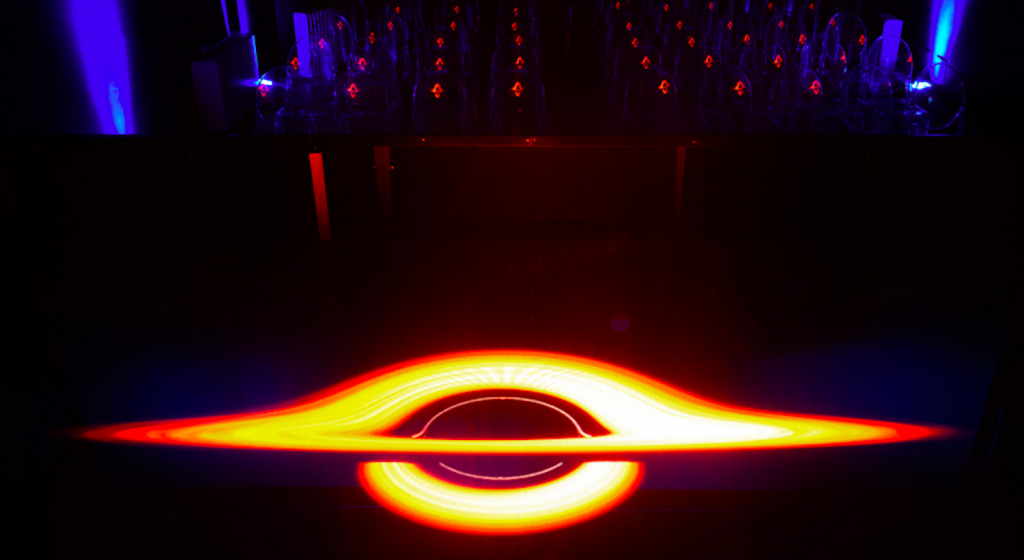
The HoloTheatre, Italy’s first holographic installation for science communication, was inaugurated in March at the Astronomical Observatory of Rome (OAR) in Monte Porzio Catone. Located inside the Astrolab Museum of the Observatory, one of the research facilities of the National Institute for Astrophysics (INAF), the installation was developed with the support of the SUSA project, designed to create a science and knowledge hub in Rome’s southeastern quadrant, and thanks to the international experience of Naumachia, a European network for the creation, implementation and management of holographic hardware and software.
The installation will allow immersive and highly realistic experiences, giving visitors the impression of being just a few steps away from extremely distant celestial bodies. The inauguration of the Holotheatre was the first of a series of meetings through which research institutions in the area between Tor Vergata and Frascati will introduce the public to their projects developed in the context of SUSA.
SUSA, an acronym for Smart Urban Sustainable Area, is a network made up of University of Rome Tor Vergata, the research bodies CNR, ENEA, INAF and INFN, which together with Roma Capitale – Municipality VI and City of Frascati have set themselves the goal of implementing a project for the development of an area dedicated to science and knowledge with the potential to provide a programme for the implementation of the European Urban Agenda.
“SUSA confirms a new philosophy of networking in the region, able to look to the future through a new planning culture that takes into account the boundaries of sustainability in land use planning,” said Maria Prezioso, scientific director of the SUSA project and professor of Economic and Political Geography at the University of Rome Tor Vergata. “In addition to the University of Rome Tor Vergata,” she added, “the project has involved all the important research institutions and bodies active in the area, which, like the INAF-OAR, play a pivotal role in the challenge of scientific innovation and its transfer to the area in which these institutions are based.”
Located in the Astrolab building, the interactive astronomical museum of the INAF-Astronomical Observatory of Rome, the holographic theatre adds to the dozens of exhibits in the museum through which schools and individuals can learn astronomy first-hand. The INAF-Astronomical Observatory of Rome also hosts Lightlab, the Light Laboratory, and the Monte Porzio Telescope (MPT), which together offer an all-round educational and popular experience in the field of astrophysics. On the research front, the Astronomical Observatory of Rome features a wide variety of cultural interests in different scientific topics ranging from the study of the Solar System to the study of distant galaxies and the Universe as a whole.

